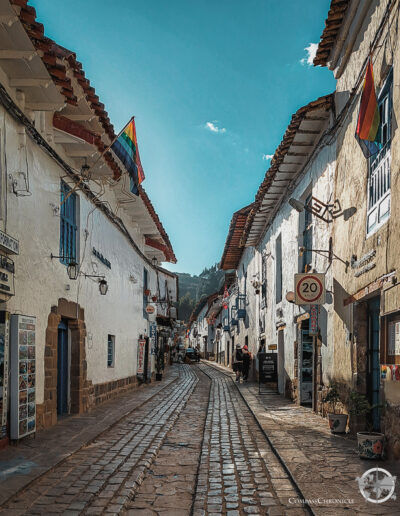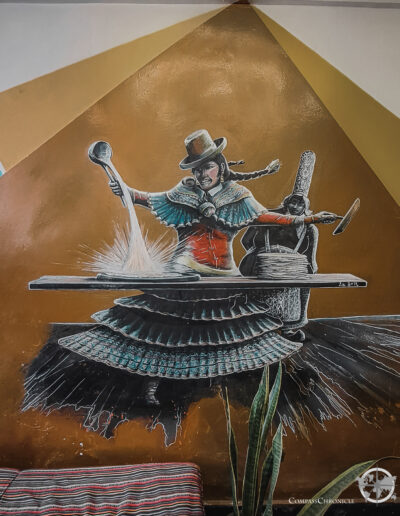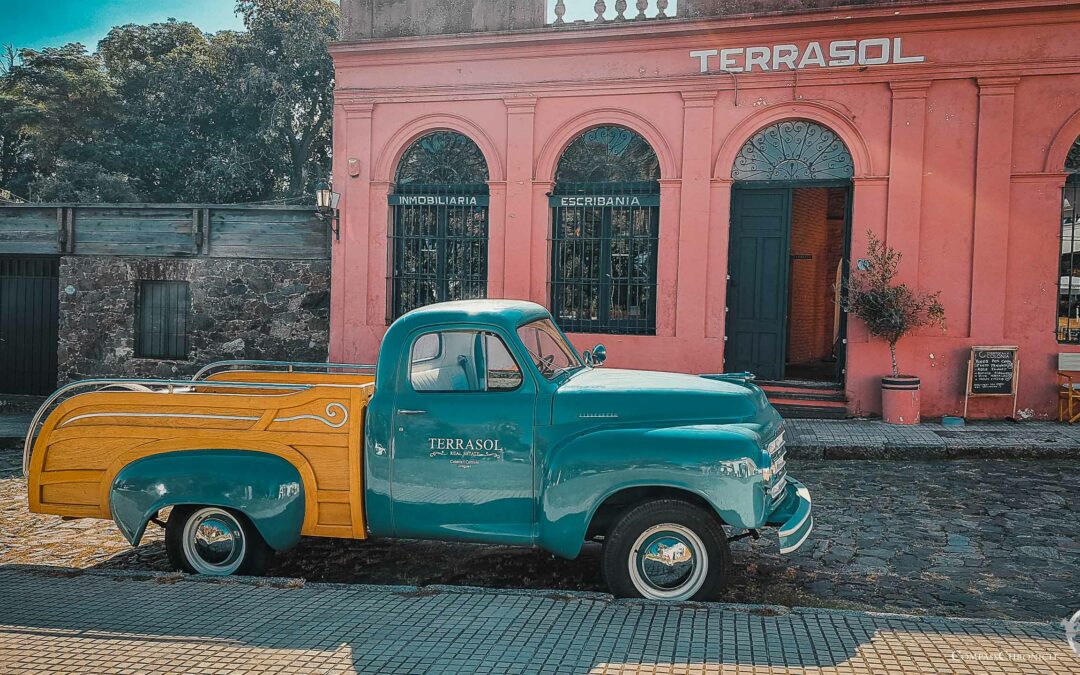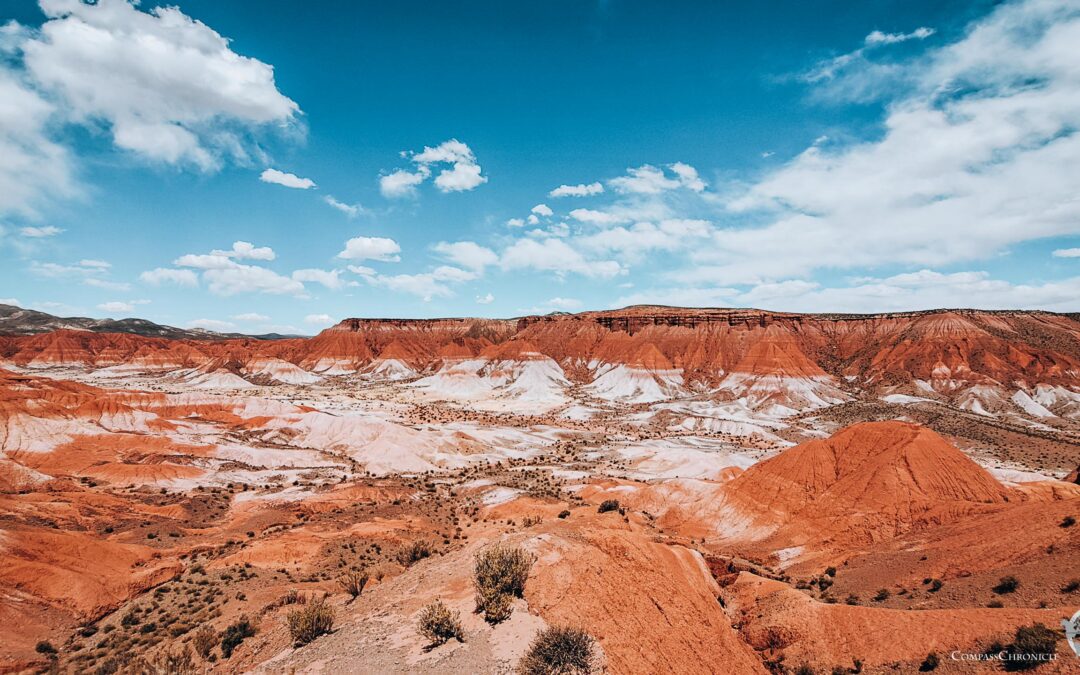We traveled on quickly from Nasca to Cusco – with two beautiful free campsites. The city is strategically located for our next exploration tours in Peru. However, the altitude is omnipresent here too – Cusco lies at around 3500 m above sea level. So, we spend the first few days in Cusco acclimatizing and recharging our batteries so that we are properly prepared for our further plans. The area around Cuso is the most visited region in Peru and the people of Cusco like to call the city the capital of tourism. We will probably spend several weeks here too. You can read a first part of this in this article, more will follow.
History of Cusco
Even in Inca times, Cusco was a center of civilization and at the same time the ruling center of the entire Inca empire. Today’s findings place the origins of the city at around the 13th century. The old town of Cusco is correspondingly diverse. There are still a few Inca walls with their impressive, irregular but highly precisely crafted stone blocks. The wall stone with 12 corners is one of the attractions in the middle of Cusco. However, these are not random corners but skillfully arranged, deliberate indentations in the stone, which in turn fit perfectly with the surrounding stone blocks. We are always fascinated by this craftsmanship and will be able to see many more examples of it in the coming days.
Due to the colonial upheavals with the Spanish, the cityscape was gradually changed and today features many colonial buildings. Of course, the typical main square with park is also a must – this is where life in South American cities takes place. We inevitably stroll across the Plaza Mayor de Cusco several times. Two of Cusco’s most monumental churches are of course also located here, directly adjacent to the square. But let’s be honest – at the moment, the outside view suits us, we are not yet in the mood to gather new impressions. A café in the old town or in the spruced-up San Blas district is enough for us to feel really at home in Cusco.
San Blas district
Directly adjacent to the old town, we can easily reach San Blas on foot. This is one of the best residential areas in Cusco. Of course, tourism also has a strong influence here, with many hotels, restaurants and bars also crowding into the best location in San Blas. For us, after a few days away from the big cities, it is a welcome enrichment to our daily travel routine. But it is precisely because of the tourism that the houses here have been restored in the traditional manner, contributing to the beautiful townscape. The alleyways are clean by South American standards and every doorway invites you to shop: souvenirs, ice cream vendors, bakeries, cafés, in other words, simply everything that tourists could be willing to buy.
And time and again we come across indigenous women dressed in the most colorful traditional clothes. This usually means with a skirt, or several skirts and typical woven shawls as a warming cover. And the women’s hats are something special for us. They are not typical Mexican sombreros, but often large cylinder hats, which vary depending on the people they belong to, so that the different clans can recognize each other, as well as the status within them. There are certainly other distinguishing features, but for us the hats are the most obvious difference. For a tip – and not too little – they stand ready for the perfect vacation photo. Baby lamb or baby alpaca included. A photo subject as a job, this is how the way of life of the indigenous population is changing with tourism. We didn’t want to support this line of work, as it feels very artificial and not very natural to us and we also feel sorry for the small animals that are dragged through the middle of the city all day long. With our way of traveling, we see enough indigenous people quite naturally in their traditional rhythm of life, for example in the fields harvesting or herding sheep.
But we can’t resist taking a snapshot: Close to the market, an alpaca is tethered to a lamppost, parked so to speak. The owner is out shopping and it’s probably not a good idea to bring your own animals to the market. That funny situation is probably only possible in Peru!
We also really enjoy seeing familiar faces again here in Cusco. On the one hand, a young Swiss couple traveling with a backpack, whom we had already met in Costa Rica and Panama, and on the other, other camper travelers, whom we meet again at the campsite.
Cusco as the starting point for the Sacred Valley of the Incas
This concludes our report on Cusco. From here, we will explore the Sacred Valley of the Incas. There are countless excavation sites in the region, of which we will visit a hand-picked selection and, of course, Machu Picchu awaits us as the crowning glory. We will probably stop off in Cusco afterwards to replenish our supplies before continuing our journey through the southern part of Peru. We’ll be reporting here as usual!





















0 Comments